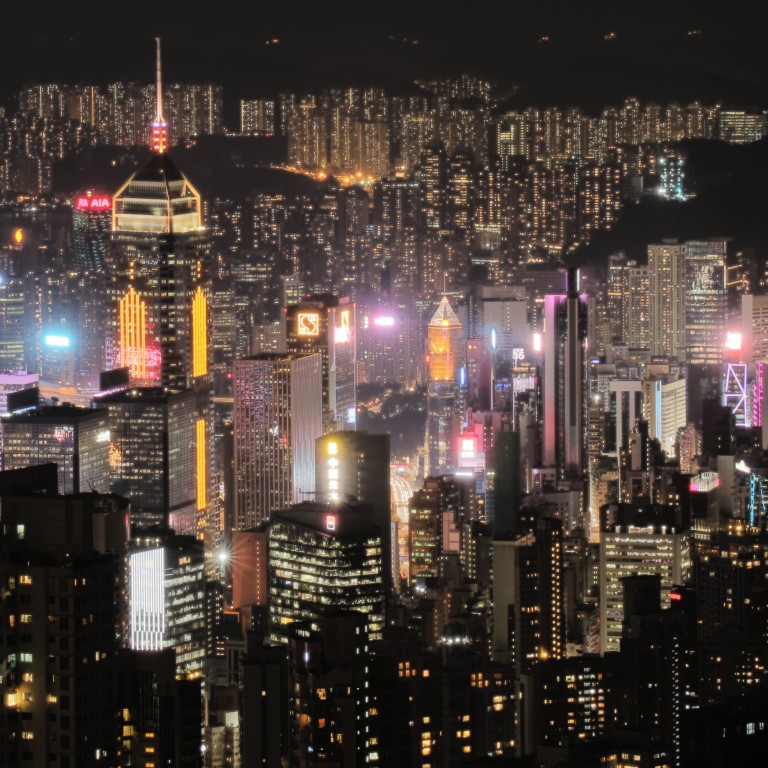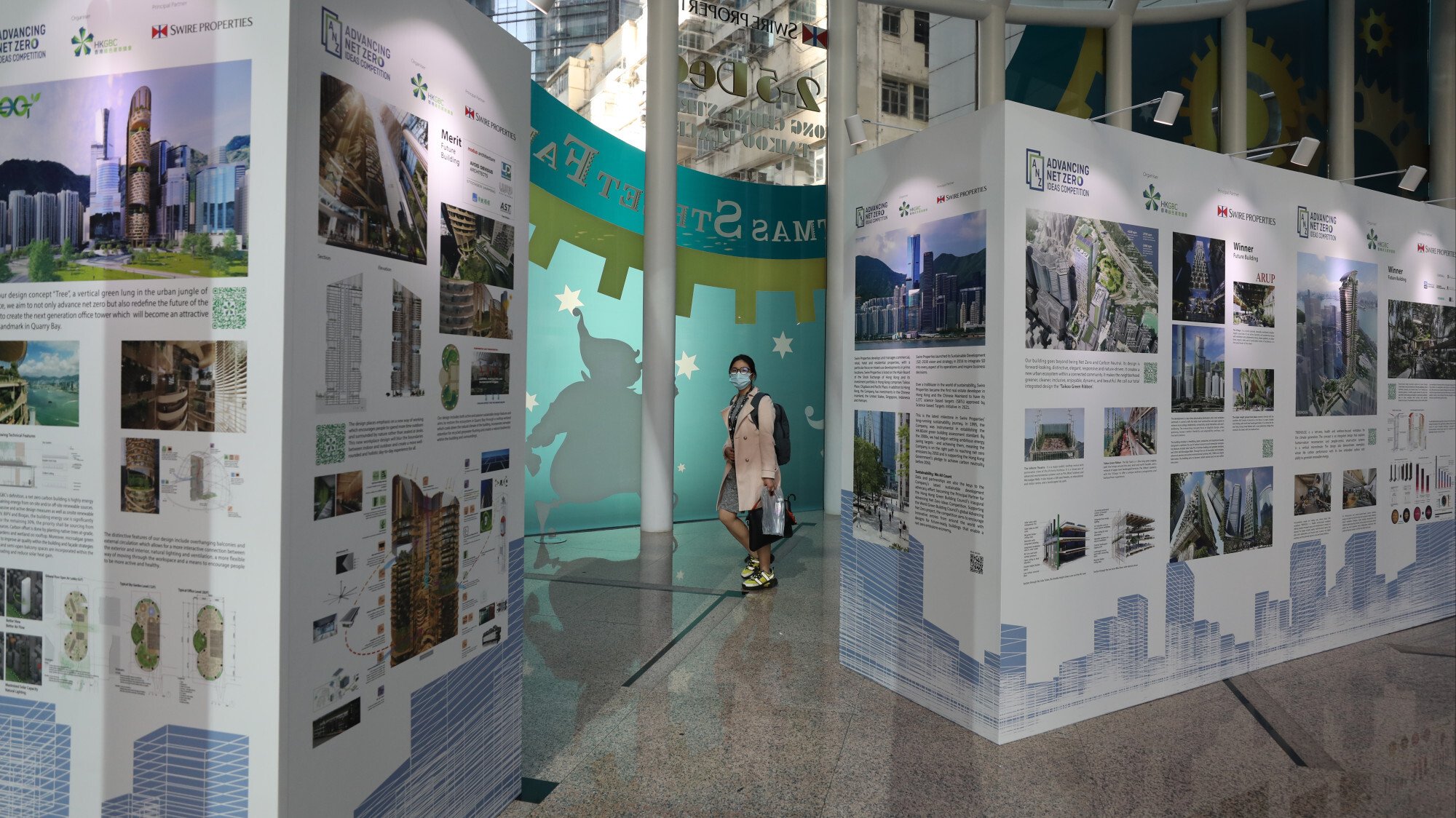
For Hong Kong to achieve carbon neutrality by 2050, commercial buildings must cut energy use
- Buildings account for around 60 per cent of Hong Kong’s total carbon output, but emissions can easily be cut through industry reform
- The government must work with the private sector to set tougher standards for developers
Still, we need the government and power companies to be both aggressive and creative so that as much clean power as possible is generated locally, rather than imported.
Of course, being able to supply clean power is only one side of the equation. On the demand side, all consumers must do their best to be more energy-efficient. The reward will be not only lower carbon emissions, but lower costs, too.
In particular, commercial building accounts for 65 per cent of overall building electricity use. Many of the city’s commercial buildings are owned or managed by large and medium-sized companies.
Some developers already have plans to construct new, eco-friendly buildings while retrofitting existing ones to be much more energy and resource efficient. But we need many more developers to commit to reducing energy consumption if Hong Kong is ever to achieve carbon neutrality.

The Hong Kong Green Building Council was created in 2009 with government help to promote buildings that are environmentally-friendly. Its recent international conference, held last month, focused on advancing to net-zero buildings.
Why Asia-Pacific firms are willing to pay more rent for green buildings
The Hong Kong Green Building Council also held a design competition this year for a new commercial building on Hong Kong Island, as well as for the refitting of an existing commercial building. The competition, titled “Advancing Net Zero”, required designers to take hypothetical solutions and apply them to actually existing spaces.
The competitors came from a range of backgrounds, including architecture, engineering, energy, contracting and academia. Their designs addressed the various physical aspects of a building, from ventilation, humidity and temperature control to water usage and waste management, as well as the use of greenery to bring natural elements to an urban setting.
The designs for the buildings’ interiors focused on flexibility of use and opportunities for rest and relaxation.

Most of the relevant government departments fall under the Development Bureau, which holds the key to reforming everything from town planning to construction work.
The Innovation and Technology Bureau also has a role to play in Hong Kong’s aim to become carbon neutral. Technology makes it easier to monitor how resources are being used and the level of emissions being produced in real time. Advances in technology can make building and infrastructure management even easier.
This is all to say that Hong Kong will benefit greatly if the authorities can work with the private sector to set ambitious new codes and standards.
Why Hong Kong needs all hands on deck to meet the climate change challenge
The government might consider creating subsidies or providing loan guarantees for retrofitting older buildings, as this is an already tried-and-tested method for achieving certain levels of energy reduction. The savings in electricity bills post-retrofit can then be used to repay loans.
Christine Loh, a former undersecretary for the environment, is an adjunct professor at Hong Kong University of Science and Technology

